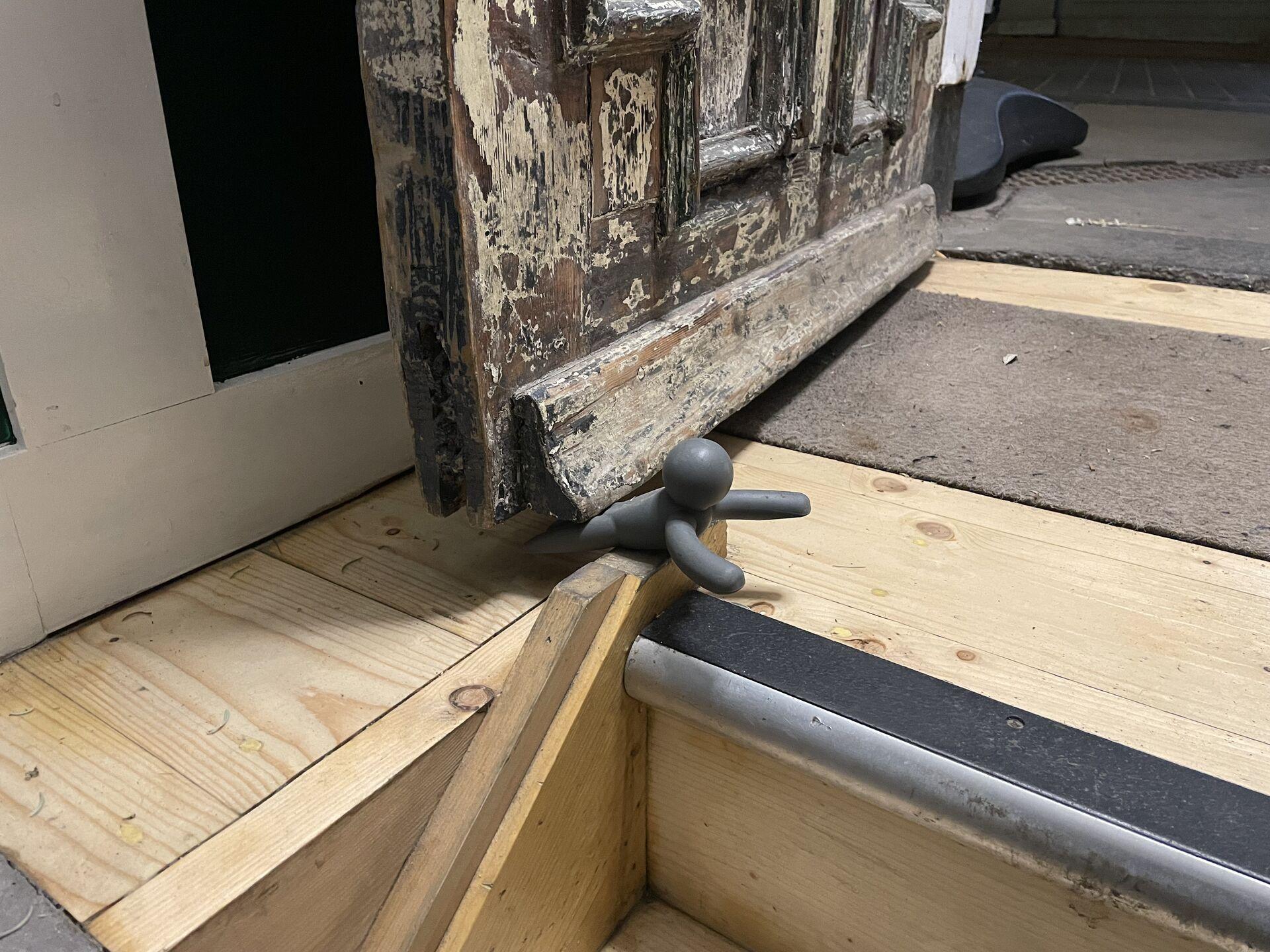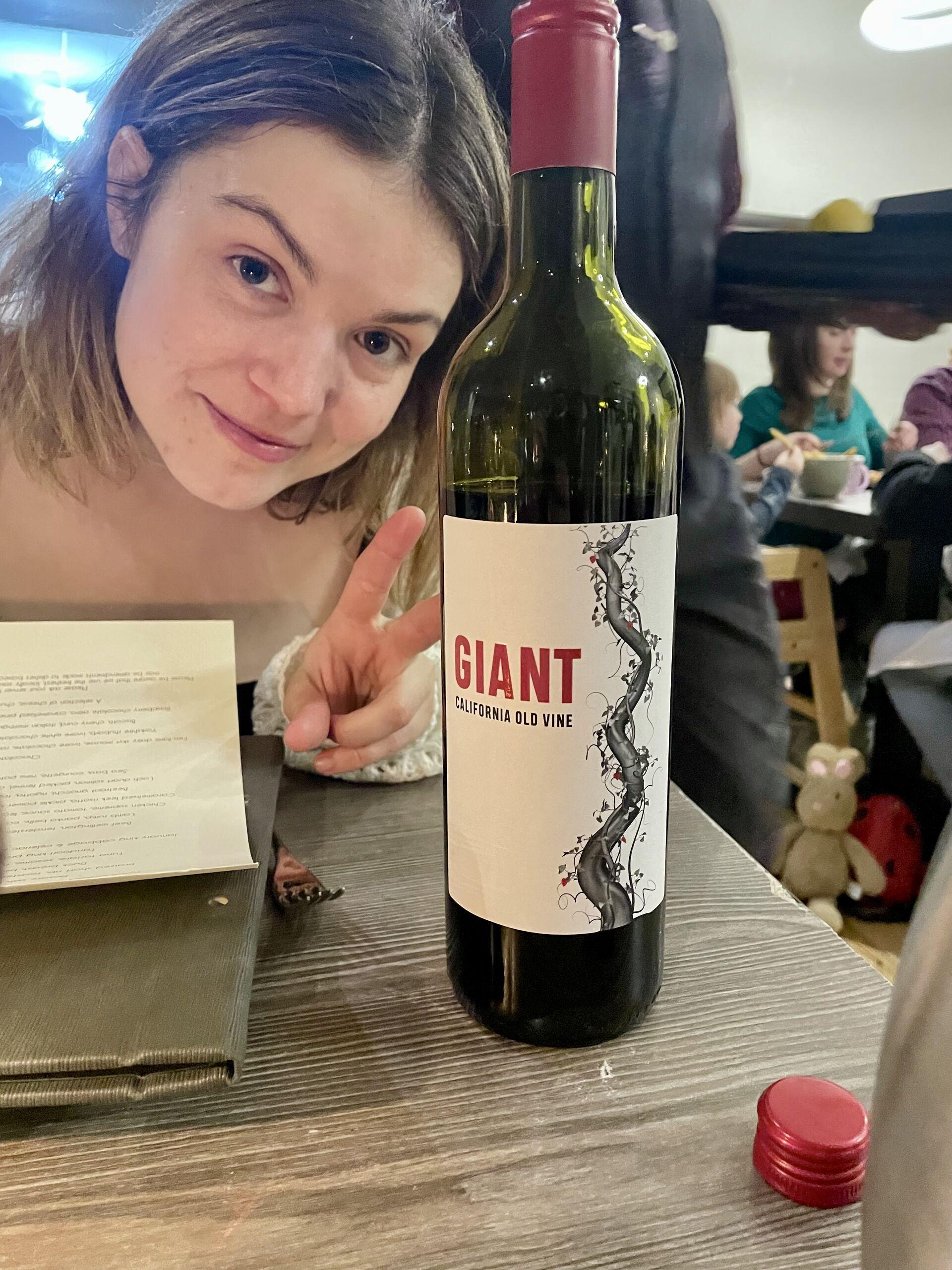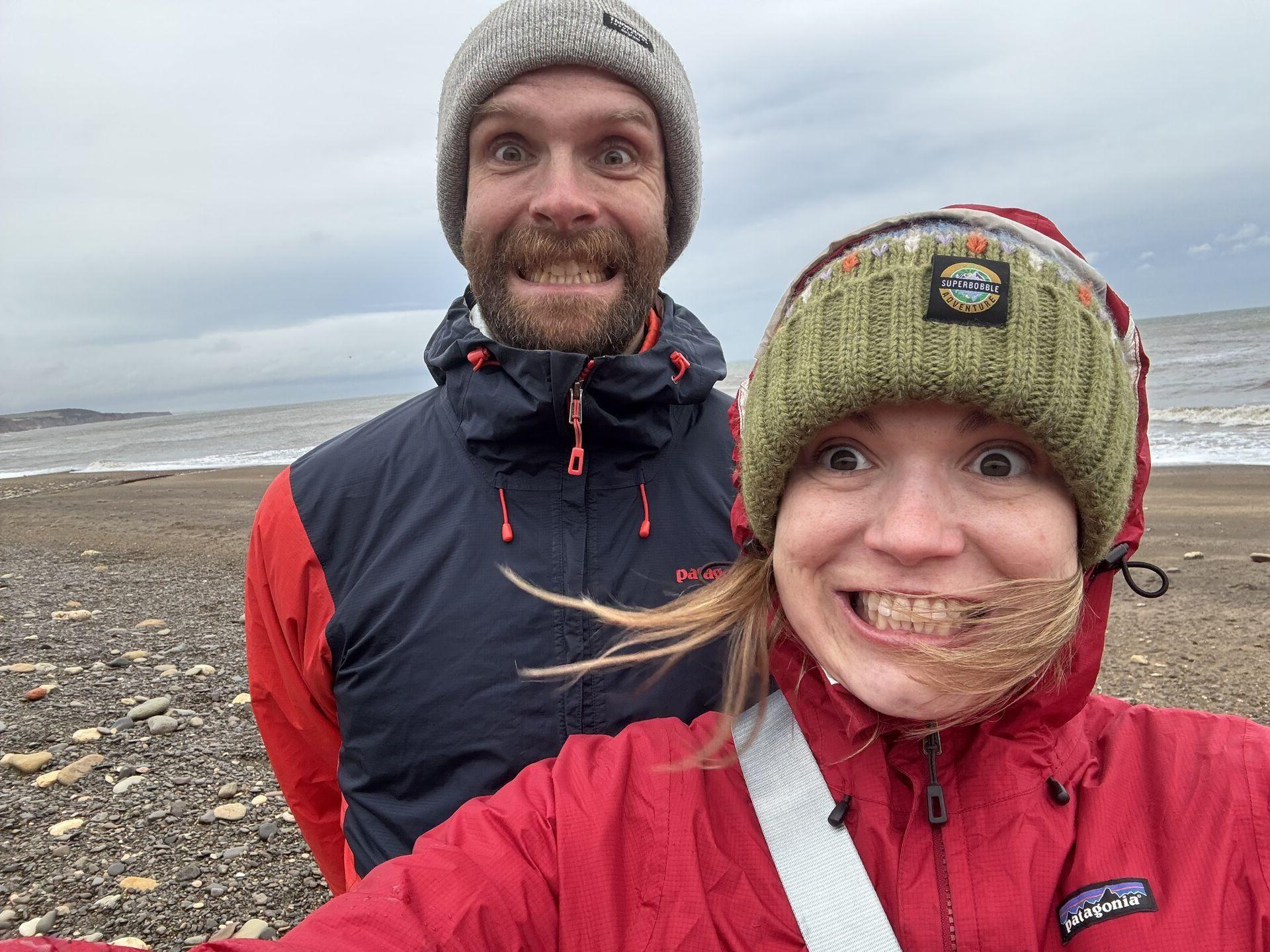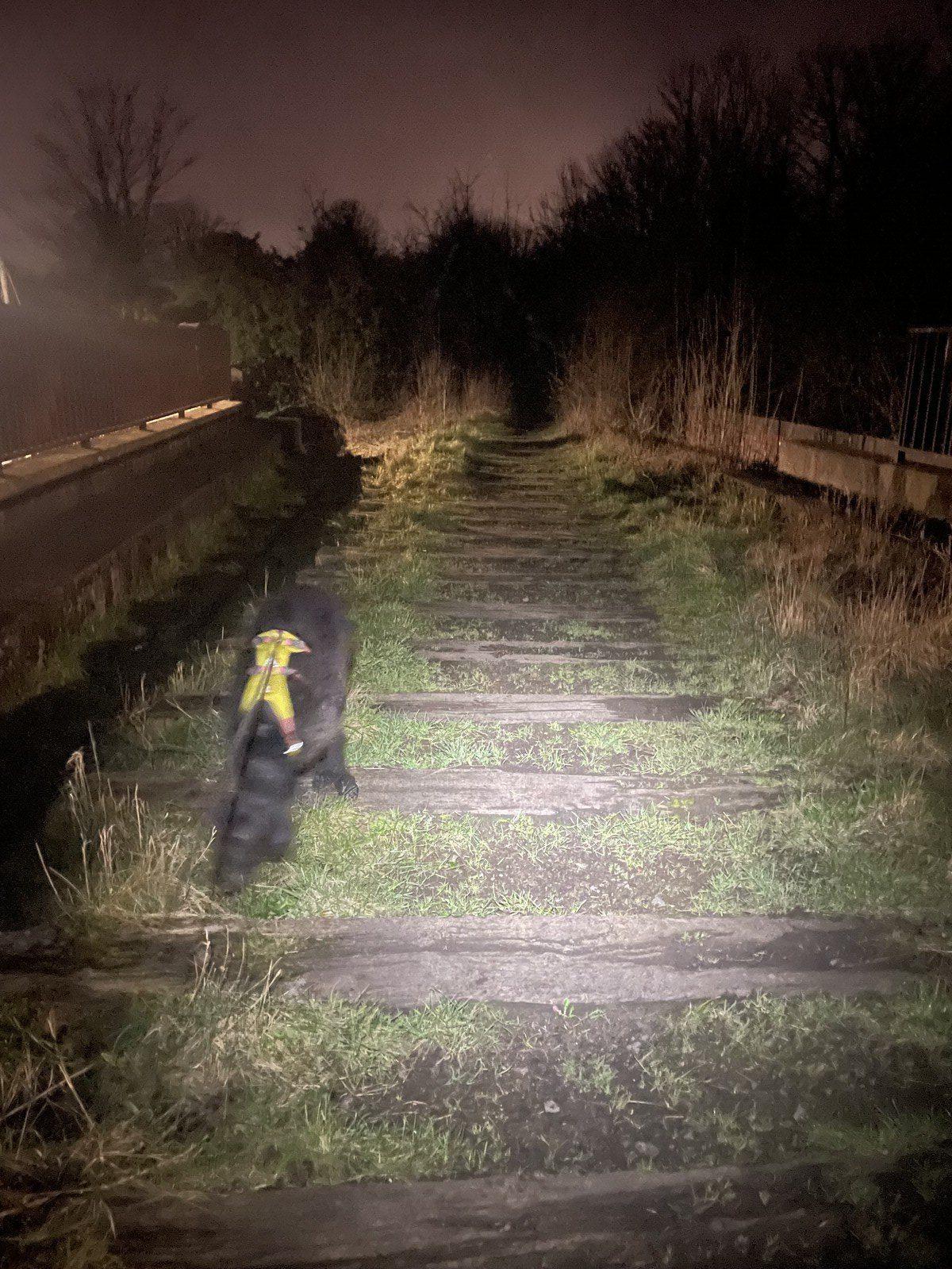Showing posts for Durham
-
Slam of the North
Out at Slam in the North (I think that’s what it was called) tonight in Durham at the Assembly Rooms. This was I think my first time going to a... poetry slam? Spoken word competition?
Fifteen people or so got up and read a poem of theirs, and then there was an interlude and they came back and read a second poem each, but in reverse order. Then a panel of three judges came up with scores and two of the universities won: Durham and Sheffield.
During the interval the three judges did some poetry. Two of the judges were so-so, and the third judge, who was from Newcastle, was much better. Is it okay to say that some poetry is so-so and that some is much better? The only way I know to talk about poetry criticism is to say that one's own is rubbish.
I felt a little bit out of place when we first arrived — most of the competitors were young women and I’m just some middle class white guy — but the space was welcoming and there was a sort of excited tension amongst the readers that drew me in. I even snapped my fingers at one point.
I’m glad that I went, and I want to go to another. Two hours of folks trying to translate their Personal Experience into language with as little filter as possible is something that I get vanishingly little of these days — but which I think is fundamental to appreciating life among people.
-
Now: 17 - 23 February 2025
What do you use AI for? I’ve lately been using large language models for getting me over hurdles that a little bit of perspicacious search-engining would have done, in the past. “How many days ago was 11 January?” or “Given this JSON structure, how do I use
jqto get only these keys?” I’ve put five quid into OpenAI and have been using their API access via Simon Willison’sllmcommand to generate alt text for pictures on my blog. A lot of the time I have to edit these down because gpt-4o-mini tends to be a little whimsical, describing things in terms of “dark and moody atmosphere” or “placid, becalmed setting” and I don’t think that’s much help to anyone. I know that alt text should be bespoke and artisanal but when I do it myself I just wind up writing things like, “A picture of me on a snowy hillside,” which is probably also not much help to anyone.I’ve lately been trying to use AI more to shore up the technical gaps in my own background. I famously didn’t study the thing that currently pays my bills at school, but as I try to move more towards a senior-level role at work this is starting to feel less like a point of pride and more like a Deficiency in Experience. When I looked up some old computer science A-level tests, I didn’t understand much of it at all, so basically fed the questions back into ChatGPT, along with the answers, and got it to explain why the answers were what they were. By the end of the night, well I wasn’t in any position to undertake a compsci A-level but at least my eyes had reverted from being the 🌀 emoji.
Anyway there was a fun thread about the same on Hacker News, and now that I’m sharing Hacker News posts on my personal blog my transformation into tech DudeBro is complete.
Saturday was officially the first Nice Day of the year (weatherwise), so Sam and I went on a big run+bike ride with Ghyll, going all the way up to Sunderland on the lines and then getting the train back to Horden. Ghyll was good overall and totally unfazed by running 30+ km, but I was pretty much shattered by the time we got back home. Then it was a quick turnaround to take the bus into Durham for a fancy dinner at Cellar Door and a couple of pints at the always-cheerful Swan and Three Cygnets and the actually-not-that-nice Market Tavern. Durham was bouncing and the vibe was good, but on the bus ride back home a couple of 12-year-olds heckled me for my accent and then tried to sell us cocaine, which was nightmarish.



Quiet Sunday in recovery, pancakes for breakfast and then a walk on the beach with Ghyll. Wind has been blowing a gale all day but apparently not strong enough for the Met Office to declare an official storm or anything. Anyway all of the bins have been knocked over and rubbish is starting to collect at the end of the street. I expect we’ll be back to cold weather by morning.

-
The railway quadfecta
Wingate, which is the town where I live, lies at the crossroads of three historic railways: the Stockton & Hartlepool to the north, the Stockton & Castle Eden to the south, and the Ferryhill & Hartlepool cutting right across town from the east to the west (or west to east). In the olden days, these railways carried goods—and more importantly, coal!—between the villages and collieries that dot the rolling countryside and the industrial ports on the coast.
Nowadays, the railways are pretty much all gone, save the electrified East Coast Main Line cutting straight through County Durham, and the Durham Coast Line, built back in the day with barely any grade to obviate the need for the wibbly-wobbly interior lines. And so, as coal mines closed and goods traffic dried up, the railways connecting County Durham were pulled up and converted to public footpaths.
This is sad news, because railways were part of the lifeblood of the North East of England; but it's good news for the enterprising long-distance runner living in Wingate, because it means that they (i.e. I) can cover long distances with relatively little effort, thanks to the easy grading required of old-timey locomotives.
I've run east from Wingate to Hartlepool on the old lines any number of times. I've also done the route north on the Stockton & Hartlepool a few times, including two back-to-back half marathons a few months ago, and a recent hairy detour through a farm where I got chased off by an ornery collie. I've lately done the route south to Stockton a couple of times as well—at least as far as the old Thorpe Thewles station house, where kindly locals serve millionaire's shortbread to slimy long-distance runners. I have never, however, run west from Wingate, towards Ferryhill, where the Ferryhill and Hartlepool joins the (as yet extant) East Coast Main Line.

Until tonight. Ghyll and I strap on our running shoes (well, I do, anyway) and cast off across the East Durham night, passing first through Deaf Hill, where much of the path of the railway has been obliterated by post-colliery landscaping. Cross the field where the slag was heaped and I'm back onto the railway path proper, past the medieval settlement of Garmondsway, past the quarries with their signs warning Danger Drowning and Deep Water. I run under the A1, where slick graffiti lines the walls of the cathedral-like underpass, and Cornforth, where the rails never got torn up, where hawthornes and bramble grow between the colossal railroad ties. Eventually we come to the massive railway junction at West Cornforth, where in former times the rails looped and crisscrossed like highway interchanges, but where now the stalwart Main Line runs lonely through the bottom of a dene. Ghyll and I clamber down the side of a stone bridge onto an ancient track leading across the bottom of the dene, and over a modern steel bridge over the Main Line. Ghyll bravely vaults a final stile before the steep climb up to Ferryhill, where Sam meets me in the village square and takes me home for some risotto.